The views and opinions expressed in this Blog are those of the authors and do not necessarily reflect the views or positions of any entities they represent.
After more than a decade in which it seemed that everything had to be on a Public Cloud, how do you understand the role that Private Clouds are still playing within public agencies and private organizations?
Well, it’s all about seeking balance. There is not a one-size-fits-all delivery model able to handle every single use case. In the past, organizations designed private clouds to replicate the public cloud experience on-premise, aiming to mimic the same agility but under their control. It was not about scale or innovation. Now, organizations have a better understanding of data implications, confidentiality, and sensitivity levels, and these have become key criteria for choosing a preferred delivery model, whether public, hybrid, or private. Regulation and compliance are also pushing for this to be well-defined, especially in critical sectors such as public services and defense.
When considering the Public Cloud, many companies are worried about vendor lock-in. How critical is it for them to have access to middleware platforms able to minimize their dependency on cloud providers?
We’ve been living with vendor lock-in since the very beginning. It’s impossible for an organization not to depend on any technology. However, we need to be precise about when it needs to be avoided. For instance, having vendor lock-in in a commodity layer makes no sense. Sometimes an organization realizes that they are under some form of vendor lock-in, but value justifies its acceptance while they define a possible exit strategy. Some companies are targeting Containers-as-a-Service as the layer for achieving independence among vendors, avoiding most of the lock-in at the infra level. That comes with some costs, though, like not being able to leverage the platforms where the innovation truly lies. It is crucial for companies to look carefully at the different middleware solutions in the market and really try to understand both their value and potential threats, which is not about just going for the latest shiny piece of tech, but instead requires a thoughtful analysis of pros and cons.
Some technology vendors promote a concept of “cloud sovereignty” focused only on the data layer, either in terms of geographical location or encryption capabilities. How do you see the role of open source in expanding that concept to the whole cloud technology stack?
I understand why some vendors focus on the data layer, encryption, data locality, or data residency—it’s simply what they can address with their current products and services. However, there is a broad consensus about the fact that the concept of digital sovereignty is much broader, encompassing also the impact of controlling all aspects related to the cloud service—from operations to data, and from platforms down to the underlying infrastructure. Open source plays—and has to play—a critical role in minimizing technological dependencies. It allows for faster innovation than any single organization can achieve on its own. From a European perspective, nevertheless, we also need to acknowledge some concerns about how big tech corporations have gradually taken control of many critical open source projects.
In that sense, an increasing number of European actors are starting to ask the European industry to find ways to collaborate in order to build the open source cloud and edge technologies that the European companies and public administrations need. And, although the capacity of European companies to compete against well-established global incumbents is rather limited right now, they certainly could do much more to promote and incentivize open source technologies developed within the EU. One area of growth that stands out is Edge Computing, which is currently being developed by a diversity of stakeholders. As these smaller players become part of a more integrated ecosystem, there’s definitely a chance for the EU to carve out a significant position for itself in this emerging field.
How do you expect the Public Sector and those companies operating in the Aeronautics and Defense sectors to contribute to the development and adoption of sovereign European open source cloud & edge solutions?
It’s crucial that the EU acts decisively, with the correct investments, to cultivate the intellectual property and talent needed to drive these technologies forward. An important aspect of this will be to foster open source solutions and their adoption across public administrations and companies operating in the Aeronautics and Defense sectors. These industries tick all the boxes in terms of data sovereignty, service relevance, and need for control, and could be the key drivers in championing European open source technologies. Drawing parallels to the American tech strategy a decade ago, heavy public investment in private companies was instrumental in building the public cloud market.
A similar approach should be considered by the EU as it has proved to be highly effective. This will help create a new ecosystem that not only encourages innovation but is also open and adaptable. In that sense, I think the European Commission has shown awareness of the situation and the challenges that Europe is facing. Recent projects like SIMPL—the smart open source middleware that will enable cloud-to-edge federations and support strategic data initiatives such as the common European data spaces—offer a unique opportunity for the EU to position itself effectively as a major autonomous player in the global digital economy.

As Deloitte’s Global Cloud Transformation Leader, Alfons brings together Deloitte’s capabilities to provide a unique portfolio to address our customers’ business needs, using Cloud Technology as the enabler of the transformation. This requires a multidisciplinary approach that implies collaboration across tech and non-tech disciplines. Alfons joined Deloitte Spain in 2018 as a partner in the Technology, Strategy, and Transformation area, after 25 years in the technology industry. He developed his career at Hewlett-Packard Enterprise, where his last role was VP and Global CTO for Go-to-Market and Cloud at HQ (Palo Alto, California). He is a specialist in Technology Strategy, Cloud, and its impact on business. Alfons has been advising C-level executives on Technology for the past 20 years.



0 Comments